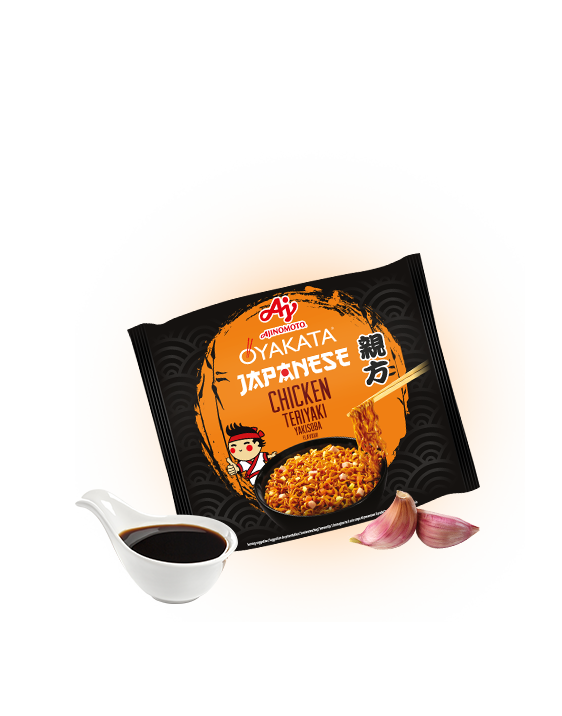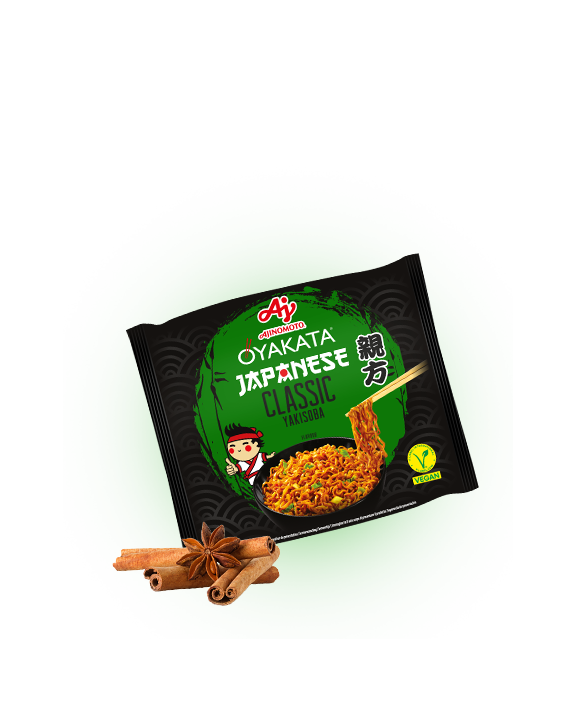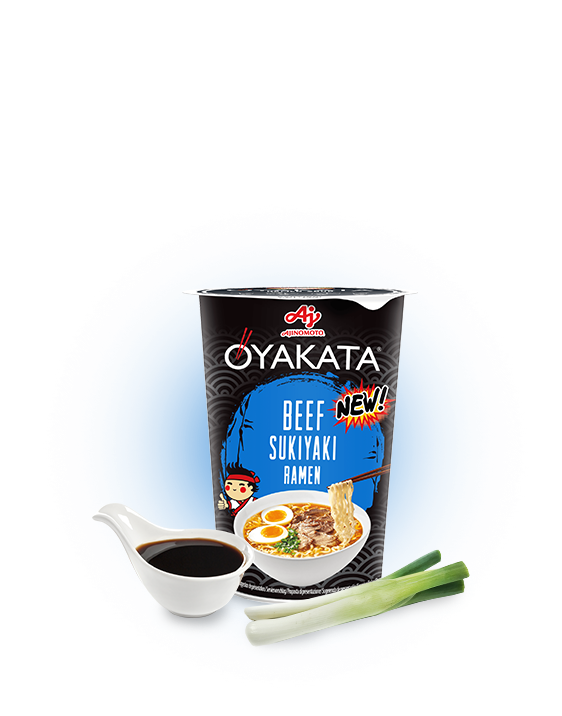

HOW AND WITH WHAT DO WE PAY IN JAPAN? LEARN ABOUT THE JAPANESE CURRENCY – YEN
Japanese currency
Yen is the national currency in the Country of Cherry Blossoms. In the Japanese notation it is represented by the symbol “円” but to make international communication easier, “¥” is usually used, that is a characteristic “Y” with two horizontal lines. Though mysterious and not too interesting for Europeans, yen is one of the leading international currencies, following only dollar and euro.
Japanese yen – history
The name of the Japanese currency was inspired by Western silver coins that started to appear in the insular country as it opened up to global influences after the Meiji revolution. Yen, literally meaning ‘round,’ defined the shape of the coins used by international merchants coming to the Country of Cherry Blossoms for exotic goods, such as tea, china or refined silk. Imitating Western economies, the Japanese replaced their former coins (cast and rounded) with minted circle-shaped coins. This is how the global trend reached not only Japan but also the other countries of the Far East. And this is why the names of the national currencies of China, North Korea and South Korea are similar – yuan (China) and won (North Korea and South Korea), meaning simply ‘round coins.’
Currency in Japan – how much is yen?
Yens were originally divided into hundredth and thousandth parts – sens and rins, which functioned as separate small coins. A decade after yen entered the Japanese market, banknotes of 1 to 20 yens were introduced. When compared to today’s values (even 10,000 yens), the past ones seem quite amusing. For over 150 years, the value of the Japanese currency has changed drastically. After World War II, yen exchange rates were extremely low, with the occupant having defined their value as USD 1/360. Throughout the years of dynamic development of the Japanese economy, the national currency kept strengthening its position to reach one of its peak values in 1990s. Today, the Japanese yen exchange rate is quite stable – USD 1 = JPY 110. ¥ 100 is about € 0.76.
Japanese coins
Aesthetes and numismatics enthusiasts are bound to be also interested in the appearance of Japanese money. Just as many other national currencies, yens bear graphic motifs characteristic of the country. The round coins feature typical Japanese plants, such as rice, chrysanthemum, bamboo or Paulownia. And obviously the cherry blossom or the widely popular tangerine fruit. Japanese coins are made of aluminium, copper, zinc, tin and nickel, depending on their face value. The least valuable coins (1 yen) are made using aluminium only, which makes the coin so light that it can float on water. 5- and 10-yen coins have a characteristic hole which, contrary to popular beliefs, is more than an ornament. The solution reduces the cost of minting a single coin, makes things harder for forgers, and helps seniors and the visually impaired distinguish between particular face values.
Japanese banknotes
Japanese banknotes feature the portraits of famous people and landscapes particularly important to the Japanese. Printed on a 1000-yen note is the image of Hideyo Noguchi, an acclaimed representative of the world of science, and the magnificent Mount Fuji. The highest-value note (10,000 yens) features a portrait of Yukichi Fukuzawa, a master of Japanese literature, and the phoenix from the Phoenix Hall in Byodo-in.
How to pay in Japan?
The history of the Japanese currency is definitely an important element of Japanese culture and it reflects the history of the country, which gradually opened up to global influence after ages of complete isolation. But if you are planning a trip to Japan you will be rather interested in tips on the exchange of yen, the accepted forms of payment and Japanese prices than in the history of the currency.
How to pay in Japan?
Japan is usually associated with progress and cutting-edge technologies – and rightly so. But unlike it may seem, the Japanese are rather reluctant to use modern payment methods. So if you are going to Japan, you should expect to be unable to pay with a card in many places and have the required amount of cash with you. And this is something that requires a little effort – not only due to high costs of travel.
Currency exchange – where to buy yens?
The best and the safest solution is of course to change the currency before the trip. But while you will be able find euros and dollars in the nearest bureau de exchange, getting yens may be slightly more challenging. Japanese currency can be ordered in some banks or you can check the nearest exchange offices. In both cases remember to check the current JPY exchange rate and compare it to the one offered at the exchange desk,.
Japanese ATMs
If you are unable to exchange money in your country or you simply do not like travelling with more cash, you can withdraw yens in Japan. The ATMs that accept foreign cards can be found in round the clock 7-eleven shops and at post offices. Remember though that banks may charge high fees for foreign operations and double conversion – your currency may be first converted to euros and only then to yens.
Prices in Japan
The most important financial issue for travellers going to Japan is Japanese prices. Japan often seems unattainable even to experienced lovers of the Orient who have already done low-budget trips to other Asian countries – precisely for economic reasons. Is that really so? According to the latest UK analysis Holiday Money Report 201811, Japan comes second (note!) among the cheapest tourist destinations. The report covers the most popular holiday shopping and pleasures, such as a bottle of water, a dinner for two or even a sun block or an insect repellent. When compared to the previous year, Japanese prices dropped by over 20%, which moved Japan up from the eighth place in the ranking.
Obviously, the expenses referred to in the report represent but a fraction of the whole cost of the holiday, transport being a more prominent cost. The cost of a single-day ticket for the Tokyo underground is 710 yens, that is 5.4 euros, while a journey on the shinkansen fast train from Tokyo to Osaka is about 14,000 yens, that its about 107 euros. To save on accommodation, look for cheaper options, such as hostels or Airbnb. A double room in Tokyo can be booked for about 8000-9000 ¥ (60-70 euros), and a bed in a multiple room even for 2000 ¥ (about 15 euros). The prices of Japanese food should not scare away any tourists used to the Western European standards either. Just for 120-160 yens, i.e. 0.9-1.2 euros you can by the nutritious onigiri, i.e. Japanese rice sandwich in almost every shop. The traditional filling ramen costs 700-800 ¥ (about 6 euros) in cheaper restaurants, and authentic sushi can be bought for less than in Poland. There are of course places where even the basic dishes cost several thousand yens but by choosing less expensive options you can easily stay within the budget without missing the pleasure of culinary discoveries.
If you are dreaming about a Japanese adventure but financial issues have discouraged you from making the travel maybe you could reassess the costs and explore cheaper tourist options? Though Japan is not the cheapest place in the world, yen is not as scary as it seems – with a little bit of effort and resourcefulness you can travel economy class also in Japan!


















